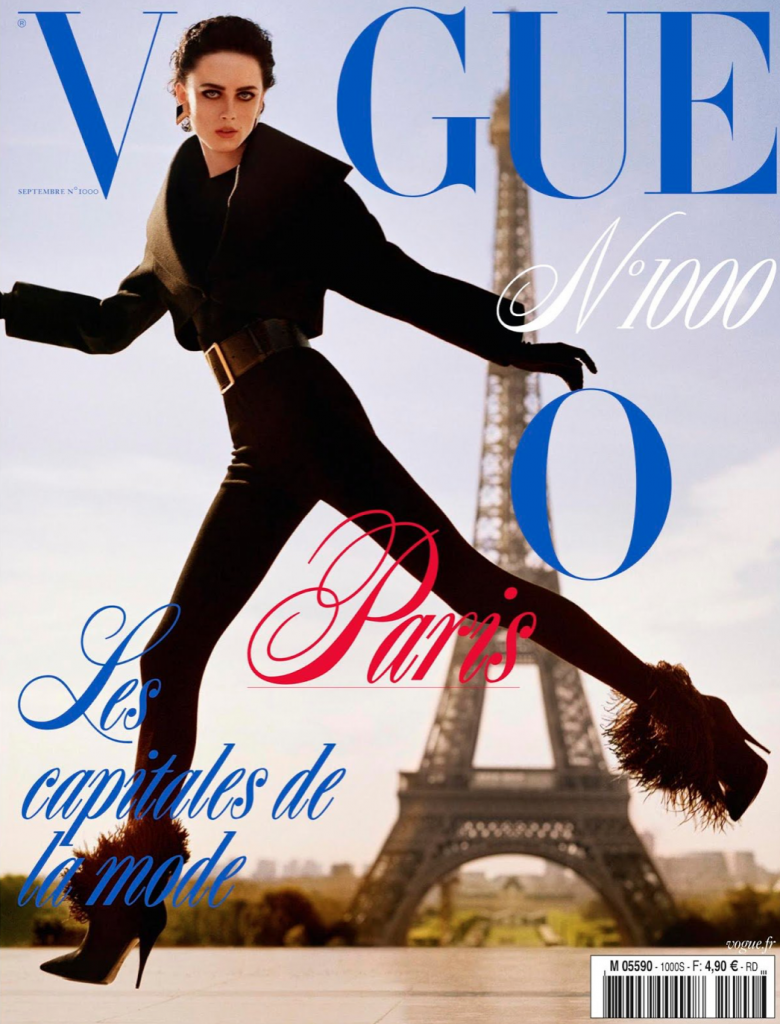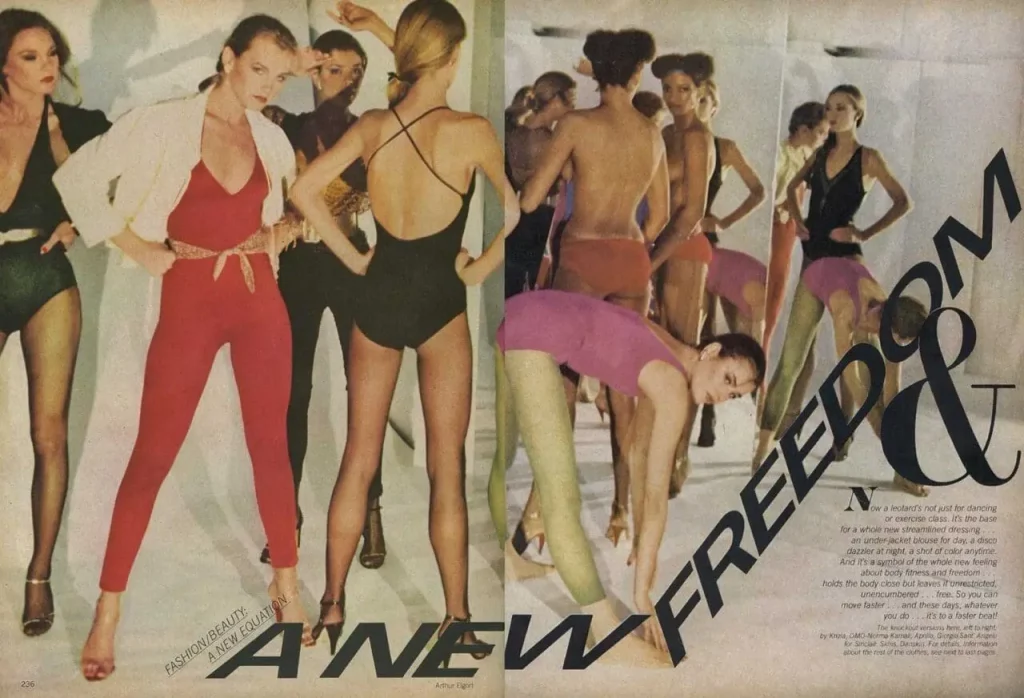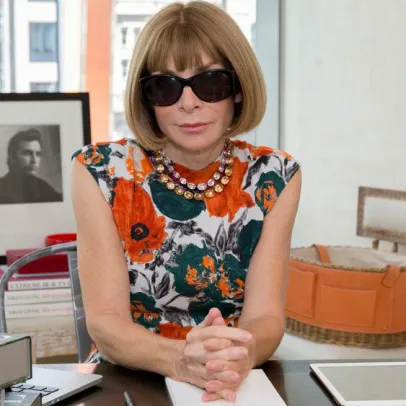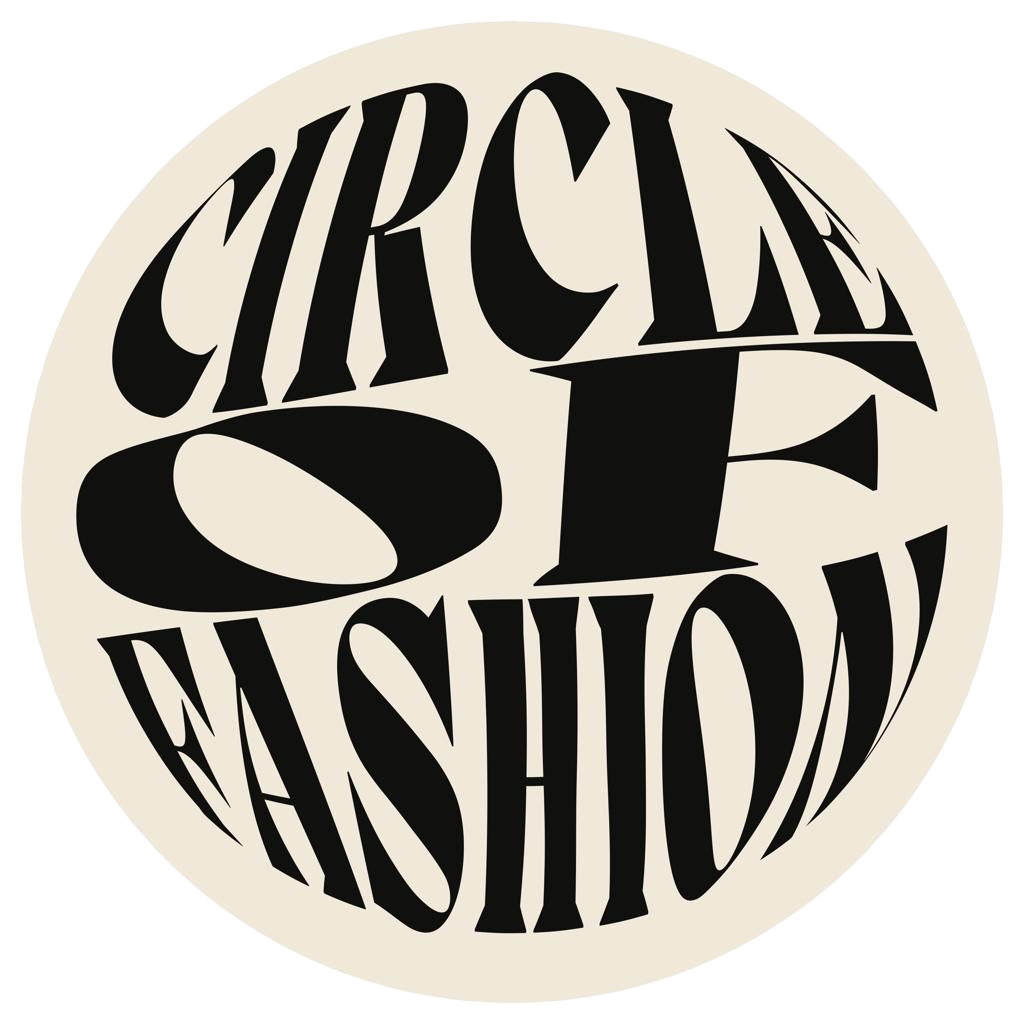WRITTEN BY THELMA
Edited by Olivia Taylor
When you think of the fashion magazine, it’s almost certain that Vogue and its iconic American editor, Anna Wintour, come to mind. Founded in New York City in 1894 by Arthur Turnure, Vogue began as a lifestyle publication covering everything from sports to society, with a goal to attract a highbrow and mixed gender readership. By the time Condé Nast acquired Vogue in 1904, it was poised to become a hallmark of American culture. Under Condé Nast’s ownership, the magazine raised its price, increased its publication frequency, and became a platform for the promotion of high-society events and elite fashion.

In the 1920s, Vogue expanded internationally, launching British and French editions that catered to Europe’s fashion-forward cities. Vogue Paris gained traction particularly quickly, thanks to Paris’s vibrant artistic culture. Before long, American, British, French, and Italian Vogue came to be known as the “Big Four,” cementing their position as fashion’s most influential publications.

In the 1980s, Vogue brought in Anna Wintour to reinvigorate the magazine amidst rising competition, particularly from Elle. Known for her unshakeable focus and iconic bob, Wintour redefined Vogue, establishing it as a beacon of luxury while also adding a politically conscious edge. Under her direction, the magazine began featuring content on climate change, sustainability, and racial inequality, making it a platform for progressive issues that resonated with its readership. Wintour herself has remained a controversial figure, famously portrayed as the unbearable boss in The Devil Wears Prada, yet she has always been at the forefront of fashion’s political conversations, pushing for inclusivity and supporting initiatives like the CFDA/Vogue Fashion Fund to aid emerging designers, especially during times of crisis.


More recently, Vogue appointed Raul Martinez as Global Creative Director, marking the beginning of a new era for its visual and editorial direction. While the magazine still publishes its legendary print issues, it has transformed into a digital powerhouse by leveraging its website and social media to engage a global audience. Today, Vogue is not just about couture; it’s a cultural force reporting on and influencing modern political discourses. Wintour’s Vogue has shaped not only fashion but also how fashion intersects with the world’s most urgent issues. In the 2016 january issue, Wintour wrote an open letter that celebrated diversity and emphasized the magazine’s commitment to a more progressive vision: she declared “ instead of our typical January portfolio defining the new season’s direction, we decided to do something completely different this year, something that reflects not only the spring 2016 runways but the shifting times we live in.” She pledged that Vogue would embrace inclusivity in its content by showcasing a broader range of beauty, including older women and plus-size models.

Ahead of the 2024 U.S. election, Vogue took an explicit political stance by openly endorsing Kamala Harris for president and featuring her on the October digital cover . Vogue appointed Jack Schlossberg, JFK’s grandson, as a correspondent to document Harris’s campaign. Schlossberg brings a younger voice to the coverage, sharing his insights as a university graduate with a degree in Political Science, a concerned citizen, and a member of one of America’s most influential families.
Through vlogs and posts, he offers a personal perspective on the election, drawing on his heritage and his belief in the democratic ideals his grandfather championed. This collaboration reflects Vogue‘s commitment to not only style but to culture at large.
To answer the directive question of this article, Vogue has excelled at adapting to each era, consistently selecting editors-in-chief who provide the vision necessary to stay relevant. Thanks to its long history and readiness for change, Vogue has maintained a prestigious reputation without ever becoming outdated. It’s this blend of high standards with a progressive leaning that has allowed Vogue to remain in sync with shifting cultural currents, making it both an icon and a forward-looking voice in fashion and in culture.
